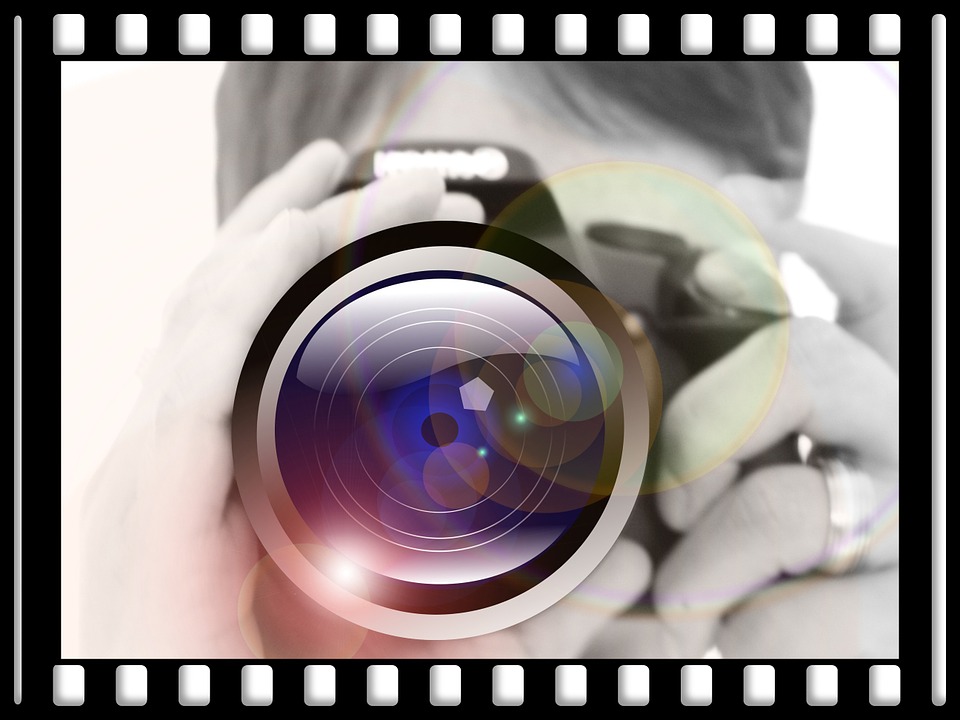Converting 16mm Film to Digital

Do you have 16mm film that you would like to protect for posterity? If so, then you should convert it to a digital format. There are a lot of people who have old 16mm film footage that they would like to protect. The reality is that there are a lot of threats that could end up harming the film. If you have 16mm film, then there is a good chance that you only have one copy. Therefore, you should take proper steps to protect it by converting your 16mm film to digital format.
While placing it in a binder and storing it in a cool location is a great place to start, you need to convert it to a digital copy. If you have a digital copy, then you do not have to worry about losing your film to any external threats because you can always back it up. Furthermore, you can even get the original film back once you are done with the conversion process. You will still have the classic format that you can hang onto.
So, how does the conversion process work? What should you expect? Be sure to rely on professionals who can help you with this process, such as the team from ARS Video.
Why Do You Need to Convert Your Film?
First, you might be wondering why you should convert your film to a digital format in the first place. The reality is that film will shrink over the years. The more times you run your film, the smaller it is going to get. Every time you put your film through the projector, it is going to accumulate some damage. For example, if you run your film through a film transfer machine that has sprocket holes, you will damage the film. You cannot simply put it in any projector and play your film, you are going to harm it.
In order to protect your film from harm, you should digitize it. That way, you can protect your footage against the environment as well as unorthodox machines. How does the conversion process work?
The Conversion Process Itself: How Does it Happen?
During the conversion process, your film is essentially going to be played using a classic machine. Then, it will be recorded onto another device, such as a flash drive or a DVD, that will digitize it. Even though this might sound straightforward, you do need a lot of equipment in order to make this happen. For example, take a look at a traditional 16mm film player. There is a good chance that there are three separate-colored jacks on it. Now, take a look at a computer or a TV from the modern era, there is a good chance that you see an HMDI outlet. The reality is that these two devices are not compatible. Therefore, you have to have the equipment that allows you to cross between these devices. This can be expensive if you do not already have it. That is why it is better to rely on professionals who already have the equipment. Furthermore, they have the tools necessary to make sure that this gets done right the first time.
As the process begins, the 16mm film is going to play. Then, it will show up on the TV screen or computer screen. As the film plays, it will be recorded onto another DVD or flash drive. After this, a team of professionals will take a look at the video footage to make sure it is recording properly. For example, they will make sure that the audio and video have lined up properly. If there are any issues with the video footage, your pro team will have the programs and experience necessary to rectify this for you. That way, you know that you will get the best quality product back at the end of the process.
Once the process is finished, you will get the digital footage back. In addition, you will also get the original copy back for safekeeping. That way, you know that you have intact memories that you can still play back on your old device whenever you want. This is a straightforward process, which is why so many people have already invested in these professional services.
Can 16mm Film Be Converted to 4K?
There are some people who might be interested in converting their 16mm film to the best format possible. Today, there are a lot of TVs that play the footage back in 4K. Fortunately, there is a way for you to take your old film and convert it all the way up to 4K. You can even take your 16mm film and convert it to DPX, ProRes, HD, 2K, 4K, and even HD AVI. With so many options available, you need to pick the right format for the film that you have. If you have questions or concerns about this process, it is a good idea to reach out to professionals for help.
In addition to the conversion process, you might want to work with a team that can handle restoration for you. For example, there could be grain or dirt on the original film footage that is impacting the quality of the playback. During the conversion process, it might be possible to remove a lot of this particulate matter so that your film converts and plays as well as possible. This can go a long way toward making sure that you have the quality film that you deserve.
Ultimately, it is important for you to take the proper steps to protect your 16mm film from harm. If you have this type of film, you probably love the classic feel that it provides. On the other hand, you are also taking a major risk by not converting it to a digital format. Therefore, if you really want to protect your memories and make sure that they last as long as possible, then you need to reach out to a professional team that can help you convert your film today.

